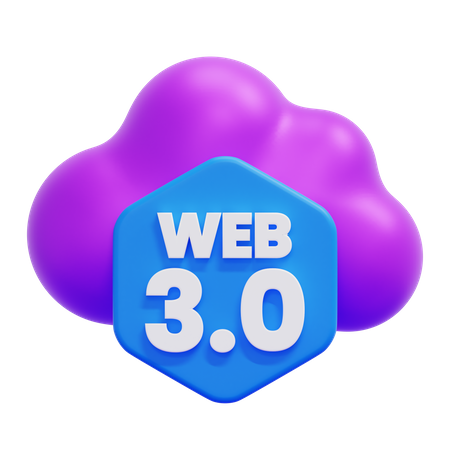Web3, short for Web 3.0, refers to a conceptual vision for the future of the internet that envisions a more decentralized and user-centric web. It represents a paradigm shift from the current state of the web, often referred to as Web 2.0, which is characterized by centralized platforms and control by a few large corporations. Web3 seeks to address some of the limitations and issues associated with Web 2.0 by incorporating blockchain technology and decentralized protocols.
Key characteristics and components of Web3 include:
- Blockchain Technology: Web3 relies heavily on blockchain technology to create trust and transparency in various online interactions. Blockchains are distributed ledgers that enable secure and verifiable transactions without the need for intermediaries.
- Decentralization: Web3 aims to distribute power and control away from centralized entities like tech giants and governments. Decentralized networks and protocols empower individuals and communities to have more control over their data and online interactions.
- Smart Contracts: Smart contracts are self-executing contracts with the terms of the agreement directly written into code. They automate and enforce agreements, enabling trustless interactions on the web.
- Digital Identity: Web3 often involves the development of decentralized identity systems that give users more control over their online identities and personal information.
- Interoperability: Web3 seeks to enable different blockchain networks and decentralized applications (DApps) to work together seamlessly, promoting interoperability and reducing fragmentation.
- Tokenization: The use of tokens or cryptocurrencies is a common element in Web3, enabling various economic models, incentives, and governance structures within decentralized networks.
- User Empowerment: Web3 emphasizes user sovereignty, giving individuals more control over their data, digital assets, and online interactions.
- Open Source: Many Web3 projects are open source, promoting transparency, collaboration, and community-driven development.
Web3 has the potential to disrupt various industries, including finance, social networking, supply chain management, and more, by providing new ways to interact, transact, and organize online. However, it’s still an evolving concept, and the implementation and adoption of Web3 technologies are ongoing processes that come with their own challenges and complexities.

